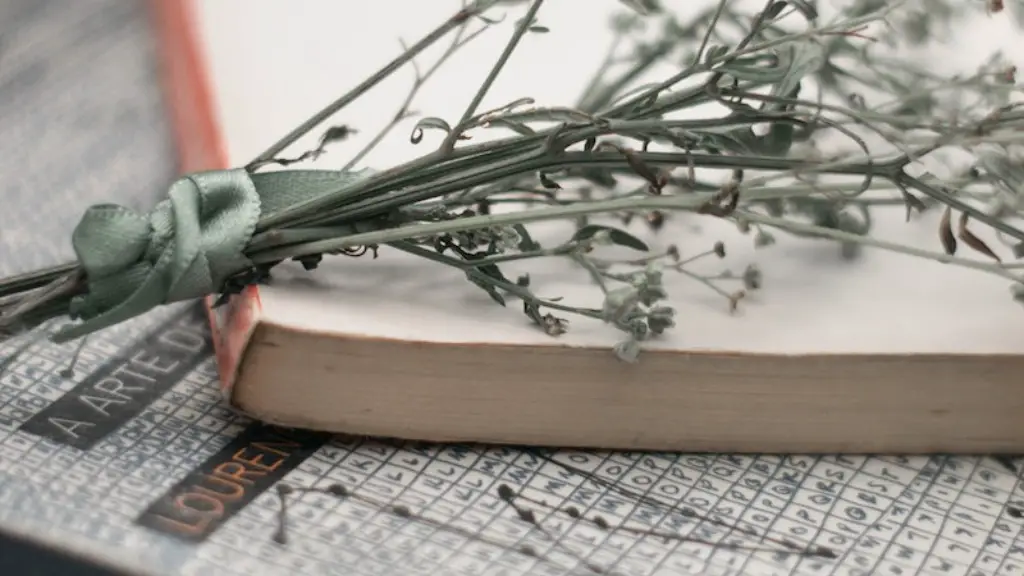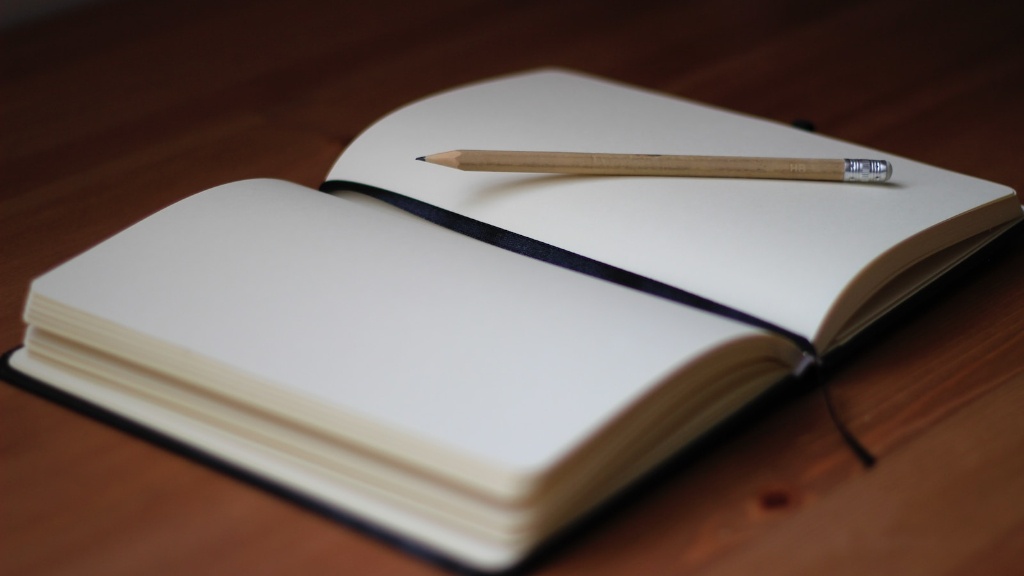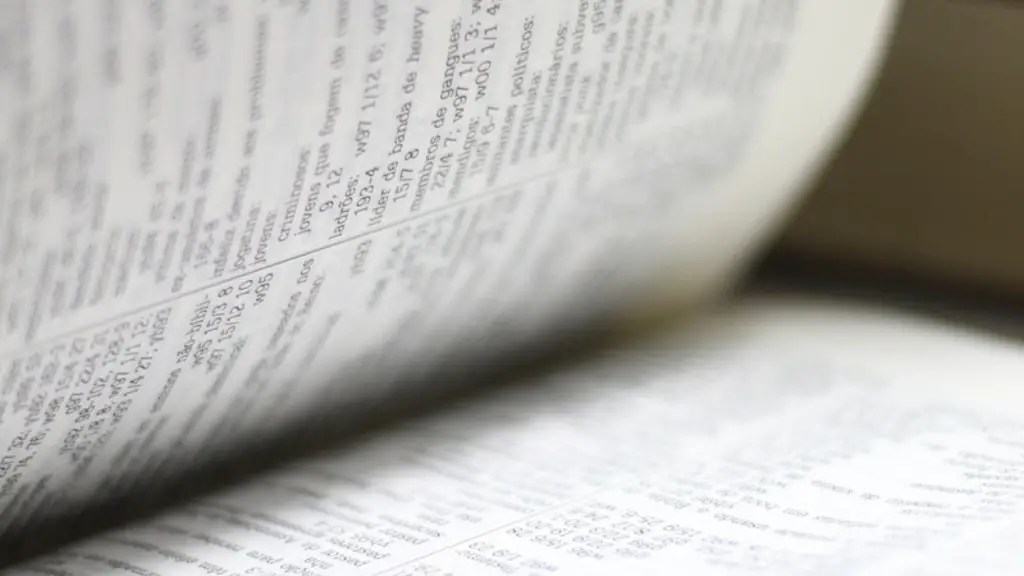Eco Poetry: Exploring Our Connection to Nature
What is eco poetry? Eco poetry is a type of literature that captures and expresses our connection with nature and the environment. Eco poetry is creative and exploratory, often using unique imagery, sound composition, and illuminative metaphor to draw readers into the realities of the natural world. In a greater sense, eco poetry is an effort to raise awareness of how human existence impacts the planet and to celebrate nature, both wild and domesticated. The genre itself has seen a rise in popularity in recent decades, but works that match the description of eco poetry have existed since the dawn of poetry itself.
In its most basic sense, eco poetry is about invoking an emotional response within the reader. Poetry in general has always been about either connecting with an audience or shedding light on social or human conditions — eco poetry does both. Its primary aim is to make readers align their values and emotions with nature in an effort to cultivate an appreciation for our ecological world. This genre sends us on a journey from our current lives and habits into a realm of eco-consciousness.
Eco poetry has the capacity to remind readers about the beauty of nature and to encourage them to observe and empathize with the non-human world. By making an effort to connect human life with the natural world, eco poets offer insight into our ties to the environment and how human activity ultimately affects the world in which we live. Indeed, eco-poets may not necessarily be direct activists, but by creating a virtual boundary between us and the environment they can help us to question our current lifestyle choices.
Many eco poets use the power of imagery to convey their messages and to depict what is considered right and wrong in terms of treating and interacting with nature. Often, eco poets use the language of nature to demonstrate their themes, incorporating descriptions of the celestial sky, ocean depths, and landscapes to evoke a sense of awe and connection. Eco poetry can be both confrontational and reassuring as it calls on readers to take a stand as good stewards of the environment, promoting greater environmental consciousness.
In addition to highlighting the appreciation of nature, eco poetry explores and advocates for social justice. Many eco poets see environmental and social issues as intimately related, and their poetry reflects that awareness. Embracing the concept of environmental justice means that the responsibility of preserving nature falls on all citizens and that everyone should have access to the environment’s beauty and benefits, regardless of social or economic standing. Therefore, this type of poetry can provide an opportunity to explore the values and, ultimately, the spirituality of ecology.
Eco poetry is unrestricted by definition of a poet’s gender, location, or any other factor. This is not a monolithic form of art, as poets experiment together, individually or as a collective, to express themselves. As a result, eco poetry has taken many forms and continues to inspire subsequent generations of poets and writers.
Eco Poetry Aesthetics
The aesthetics of eco-poetry varies depending on the poet’s individual style. However, eco-poetry tends to rely more on storytelling and lyrical innovations than the traditional poem. Eco-poetry also typically leans towards eco-centric values and focuses on the power of the natural world. This can be seen in some of the most well-known eco-poems, such as “The Song of the Rain” by Rabindranath Tagore which celebrates the beauty of the rain. Other eco-poems focus more on human emotions and how they are intertwined with the power of the environment and nature.
Eco-poets often employ metaphor and figurative language to explore themes such as the interconnectedness of humans and the environment. Poets often use metaphors to create vivid images, allowing the reader to connect with their words on an emotional and spiritual level. Metaphors, such as comparing the sun to a comforting hug, or a storm to a temper tantrum, can create powerful images that help the reader to feel a deeper connection to nature.
In eco-poetry, sound is also an important element. Many eco-poets use sound to create an atmosphere that contributes to the poetics. The use of repetition, alliteration, consonance, and assonance create a musicality to the poem, which further brings the reader into the world of the poem. For example, the poem ”Trees” by Joyce Kilmer uses alliteration in the line “Thro’ the mystic glory of God’s trees” to emphasize the importance of trees in nature and human life.
Another key element of eco-poetry is its ability to evoke emotion. Eco-poetry can inspire feelings of peace, joy, and awe. Eco-poets often incorporate vivid descriptions of natural scenes, such as the colors of a sunset or the serenity of a mountain lake that help to paint a picture for the reader. By invoking emotions within the reader, eco-poetry helps to foster a deeper connection with the natural world.
Eco Poetry and Nature Writing
Eco poetry can be seen as a subset of the broader genre of nature writing. Nature writing is defined as writing about the natural world that is informed by a deep appreciation for the environment. Nature writing can be non-fiction, such as works of science, or fiction, such as myths and fairy tales. This type of writing is often seen as a way to explore and express our relationship to nature. Nature writing often incorporates the aesthetics of eco-poetry, using vivid descriptions of natural scenes in order to evoke an emotional response.
Eco-poetry can exist separately from nature writing, however. Eco-poetry focuses more on the relationship between humanity and nature while nature writing expands to encompass more of the natural world as a whole. While nature writing is not limited to just eco-poetry, eco-poetry is often used by nature writers as a tool to share their appreciation for the natural world.
Eco Poetry: A Tool for Empathy
It is important to recognize the power of eco poetry and the potential it has to foster empathy within readers. Empathy is defined as the feeling of understanding or relating to another, which many eco-poems aim to do. Through eco-poetry, readers can expand their perspectives by experiencing the perspectives of another being. This allows readers to gain an appreciation for these perspectives, which can, in turn, increase their level of empathy.
One of the most powerful aspects of eco-poetry is its ability to make readers think more deeply about the environment and its importance. Eco-poetry helps to raise awareness and appreciation of the natural world, which can foster a deeper connection between humans and nature. In addition, eco-poetry is often empowering, encouraging readers to make small changes in their everyday lives that can contribute to making the planet a better place.
Eco Poetry in the 21st Century
In modern times, eco-poetry is becoming increasingly popular. Eco-poetry is being used in everyday life to express a connection and appreciation for the environment and to inspire people to take action and make changes for the better. Eco-poetry is also being used to address other environmental issues, such as climate change and conservation.
Eco-poetry is also being utilized in new and innovative ways. For example, there are now apps and platforms that allow eco-poets to share their work alongside images and videos of the natural world. This allows eco-poets to reach a wider audience and spread their messages even further.
Additionally, eco-poetry can be a powerful force in engaging younger generations with the environment. By engaging children and teenagers in eco-poetry and nature writing, these vital connections to the natural world can be formed at an early age and cultivated throughout life.
Conclusion
Eco-poetry is an important tool for connecting humanity to the environment and inspiring action to protect the planet. Eco-poets strive to create works that evoke an emotional response from readers, encouraging them to reflect on their relationship to the environment and take action. Eco-poetry also allows readers to gain perspective and empathy, which can lead to greater understanding of the natural world. In the 21st century, eco-poetry is being used in new and innovative ways, reaching a wider audience and inspiring a deeper connection between humans and nature.




